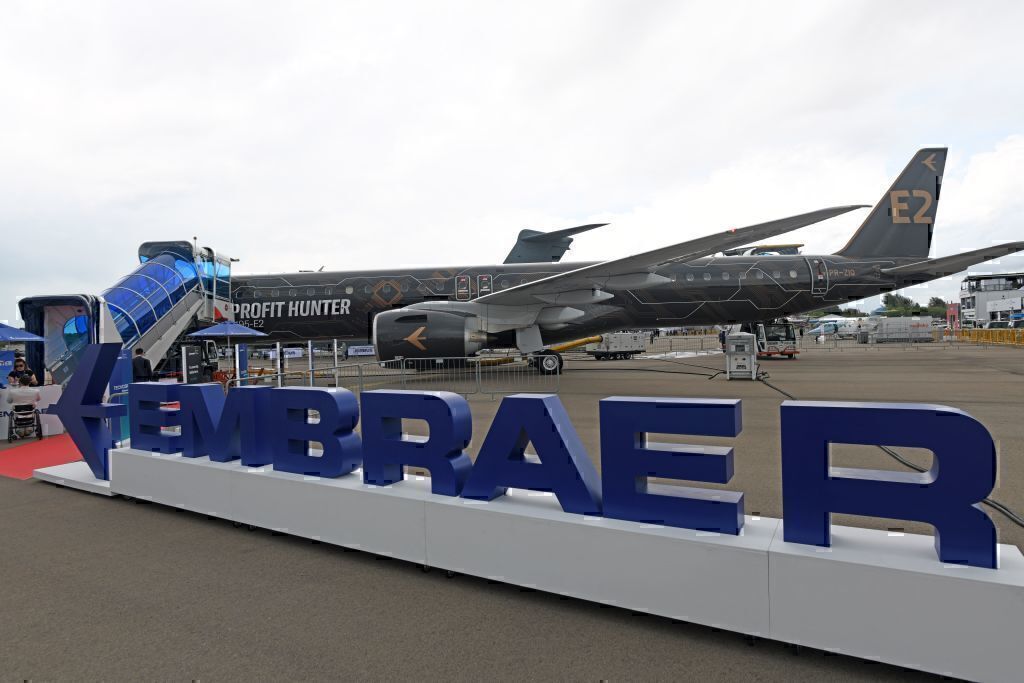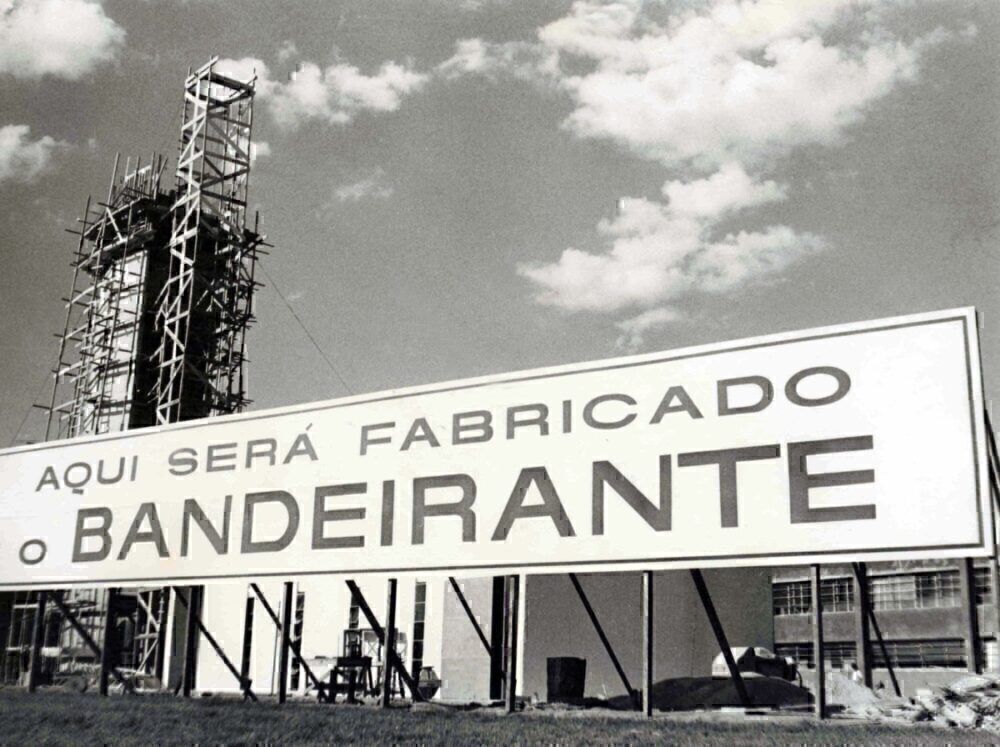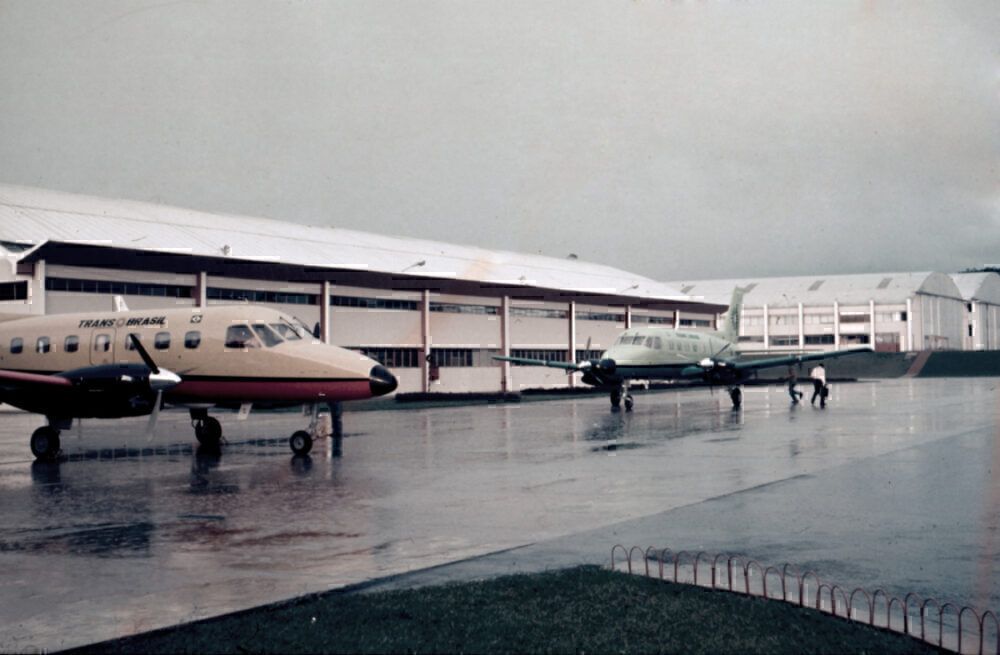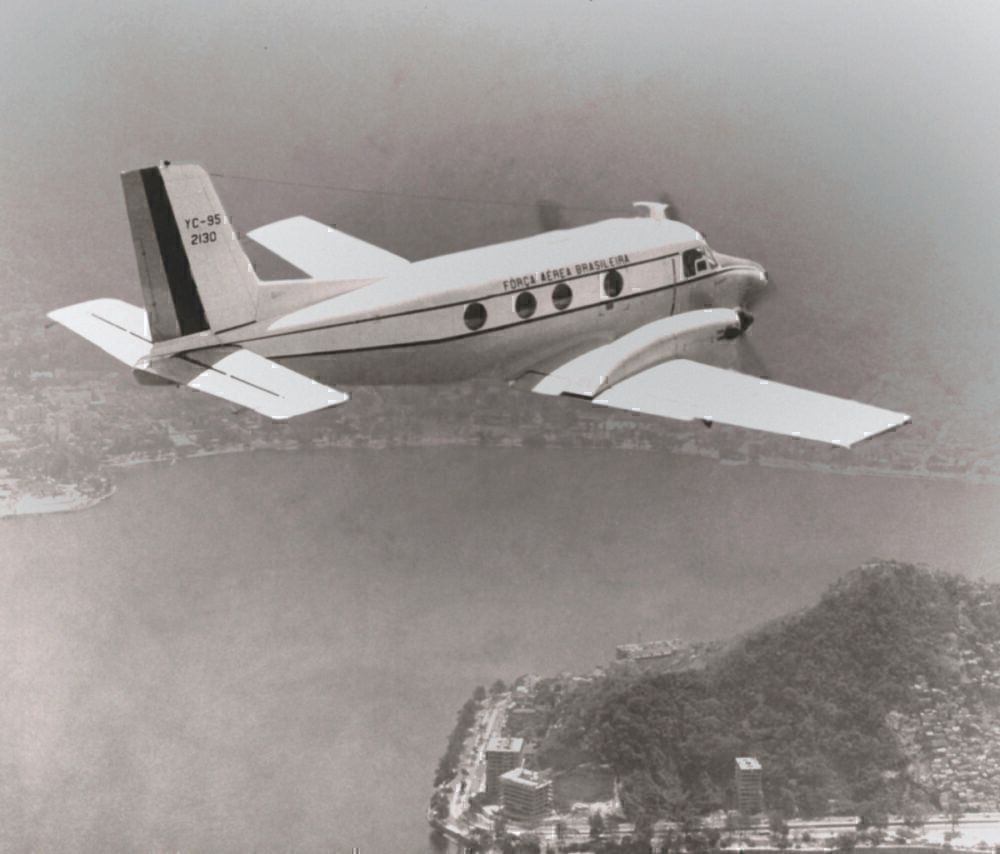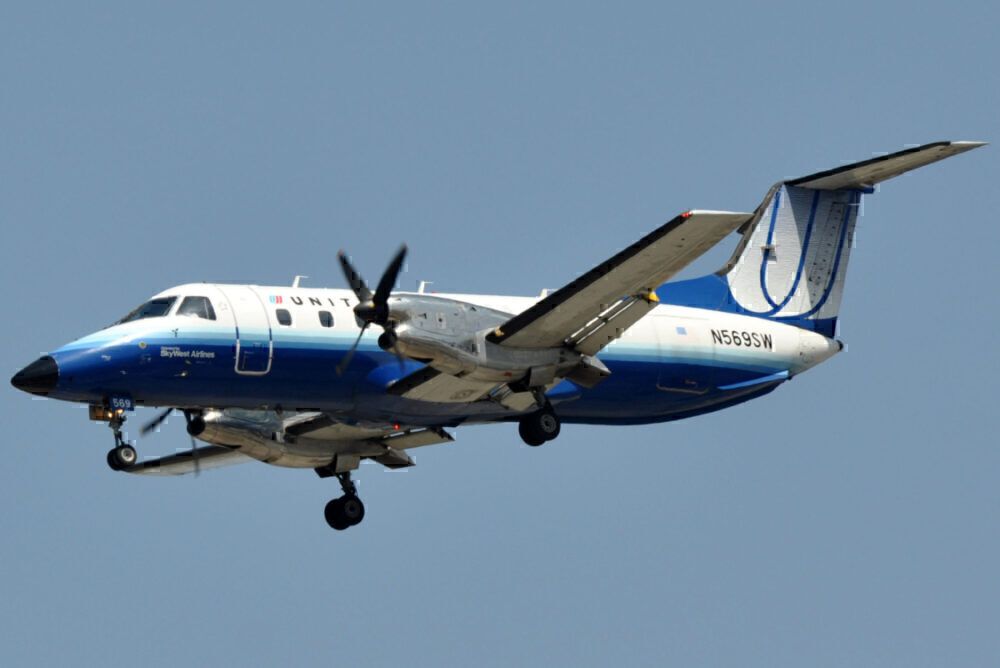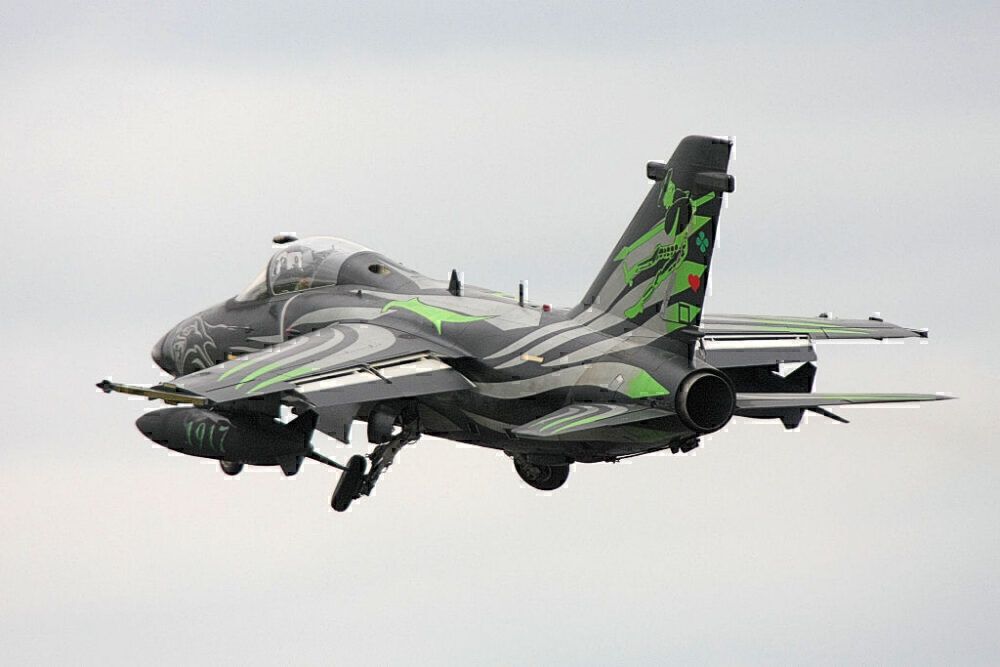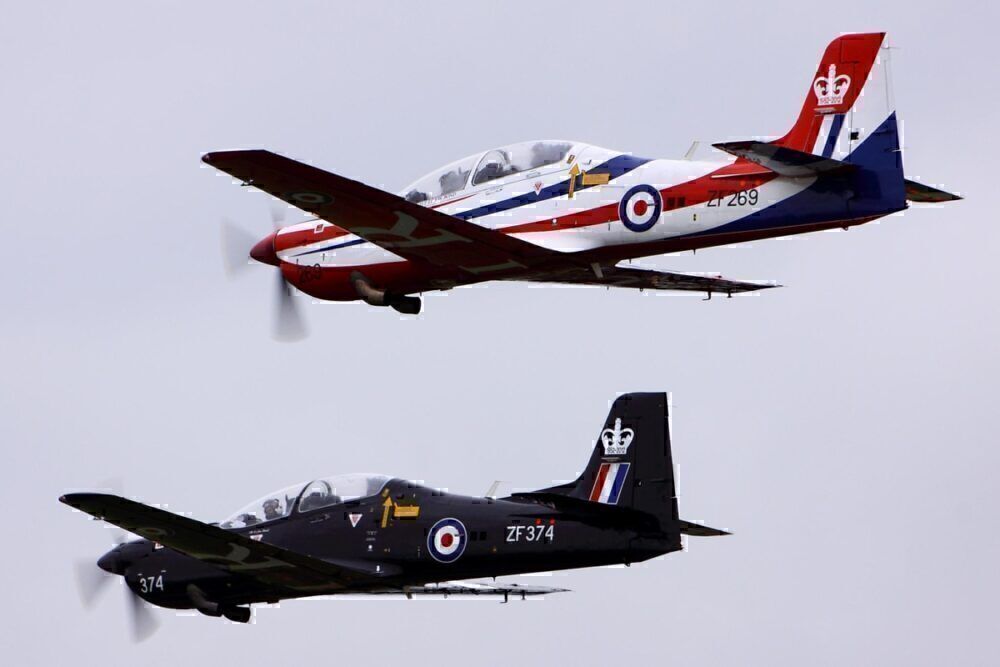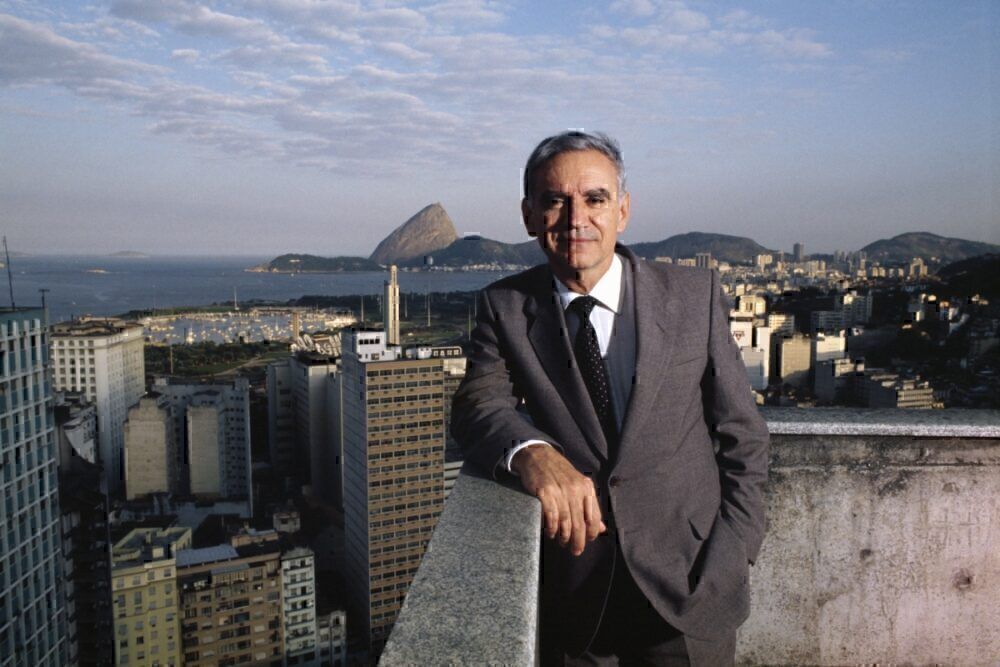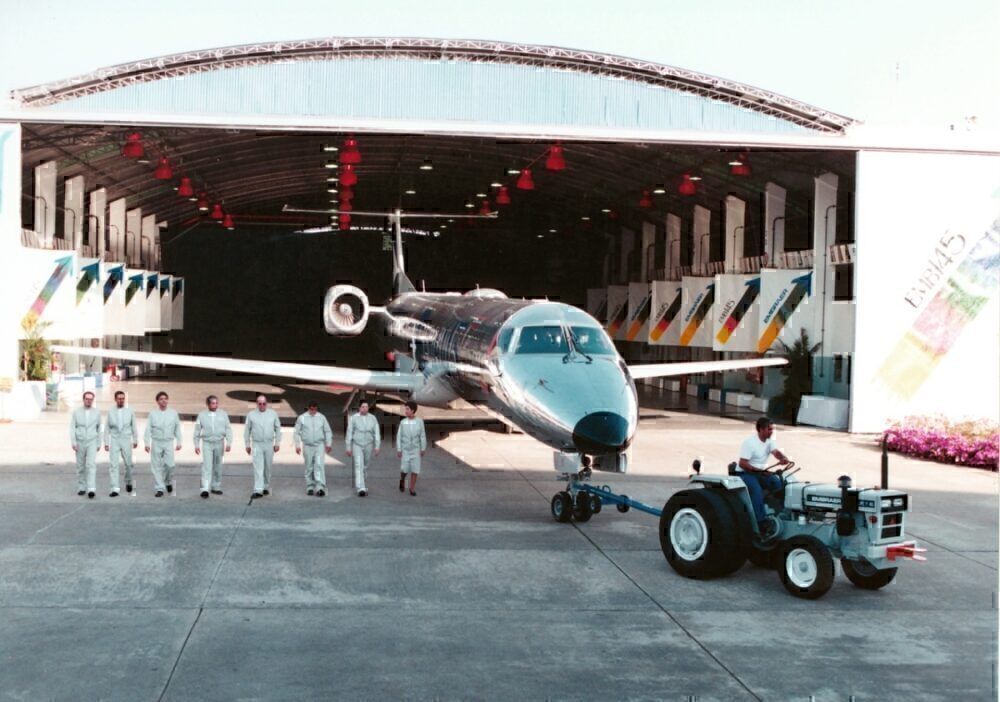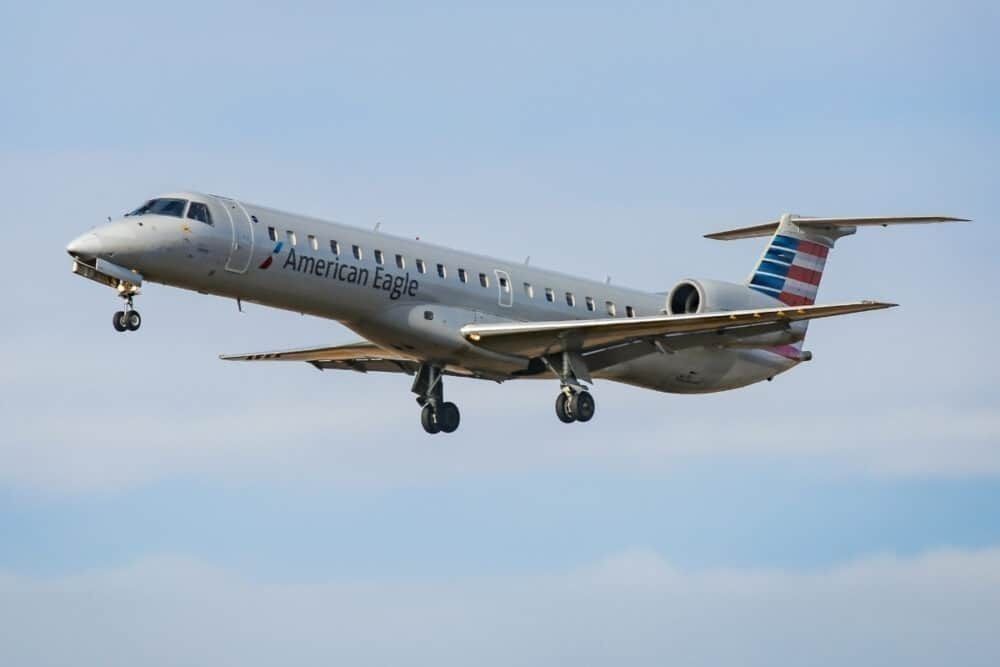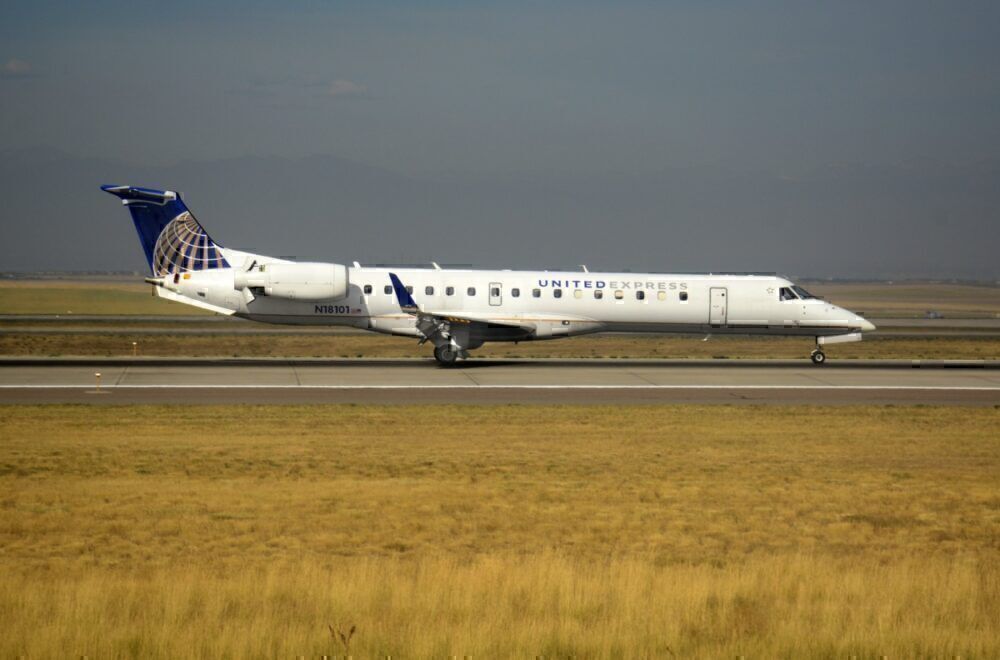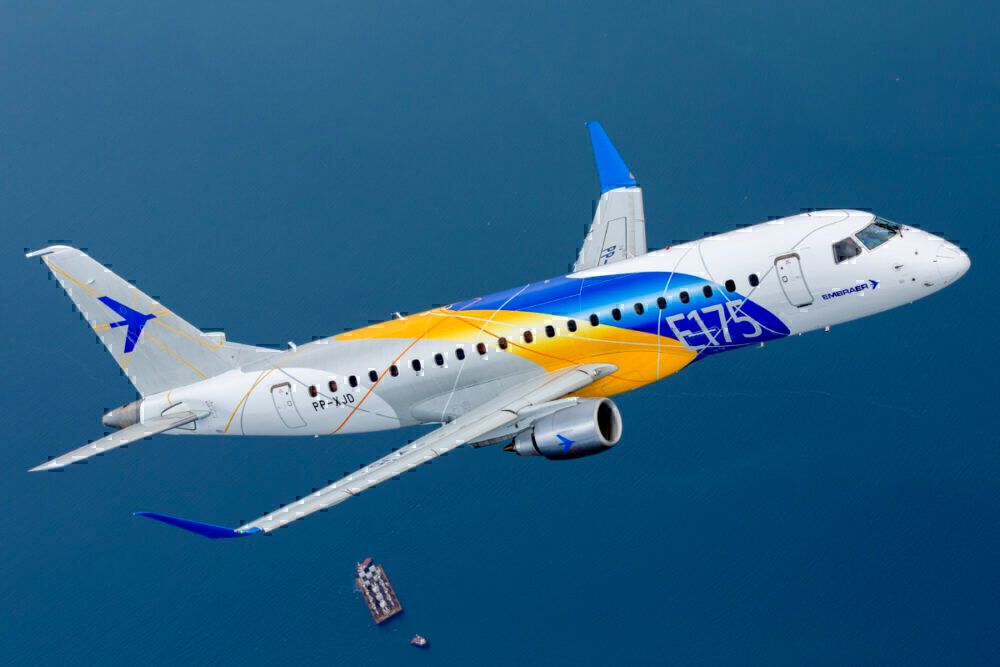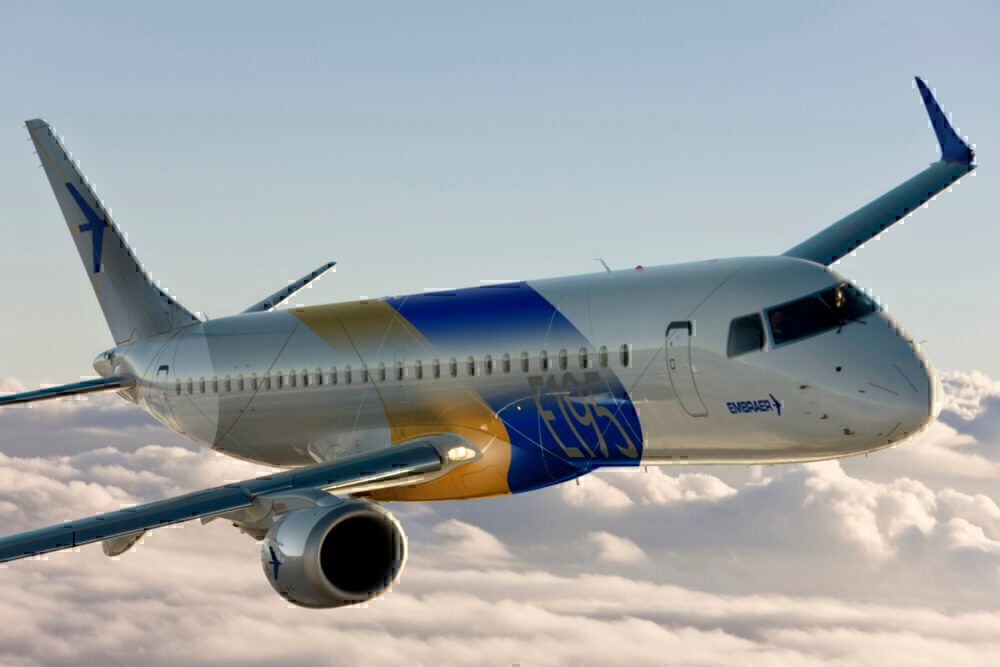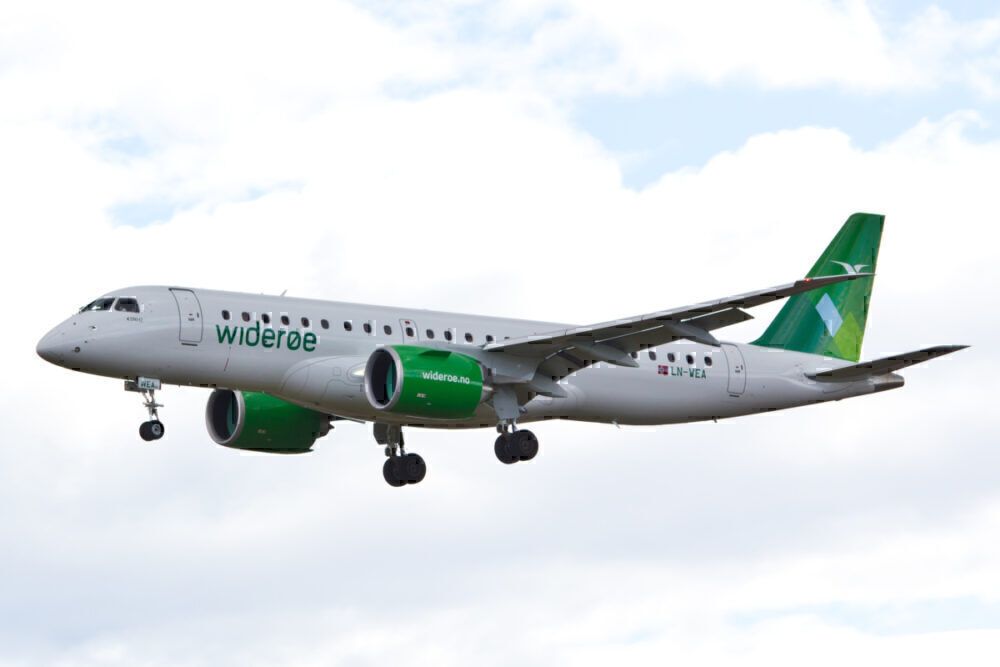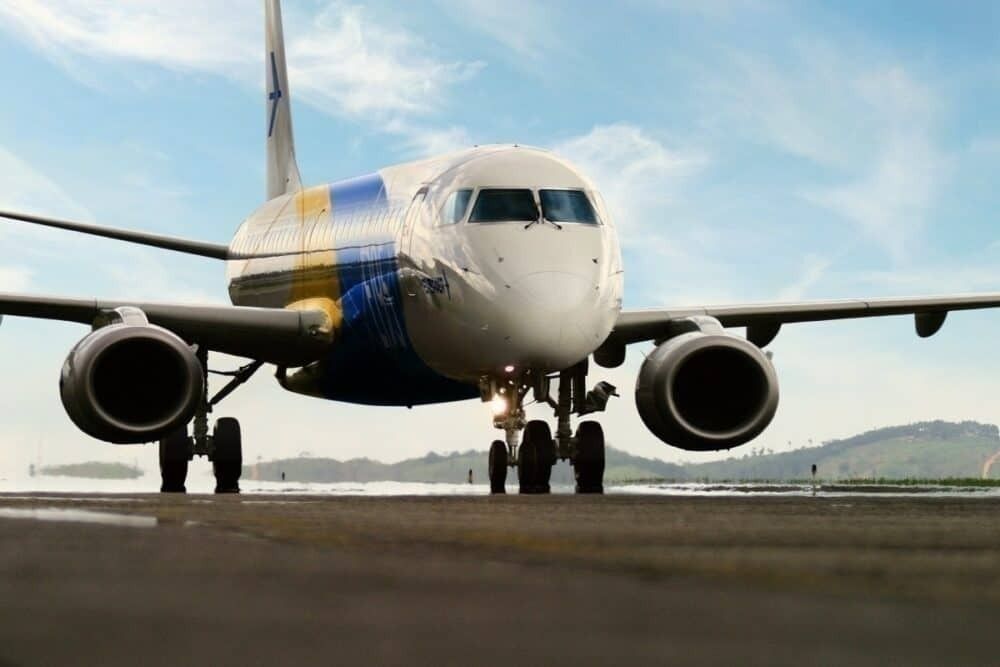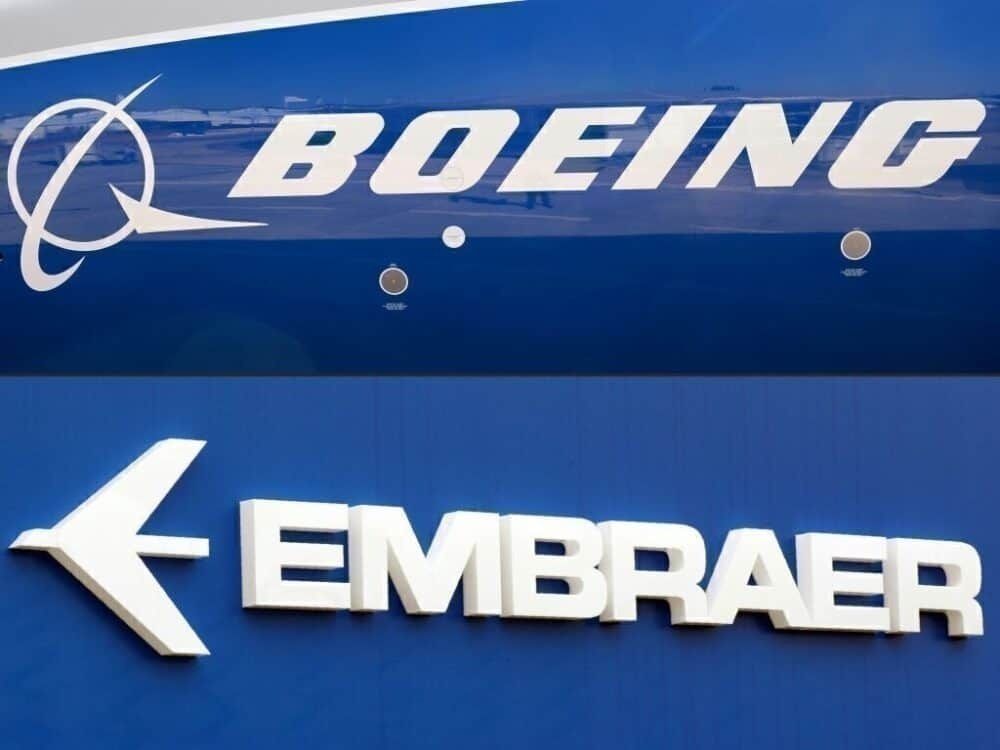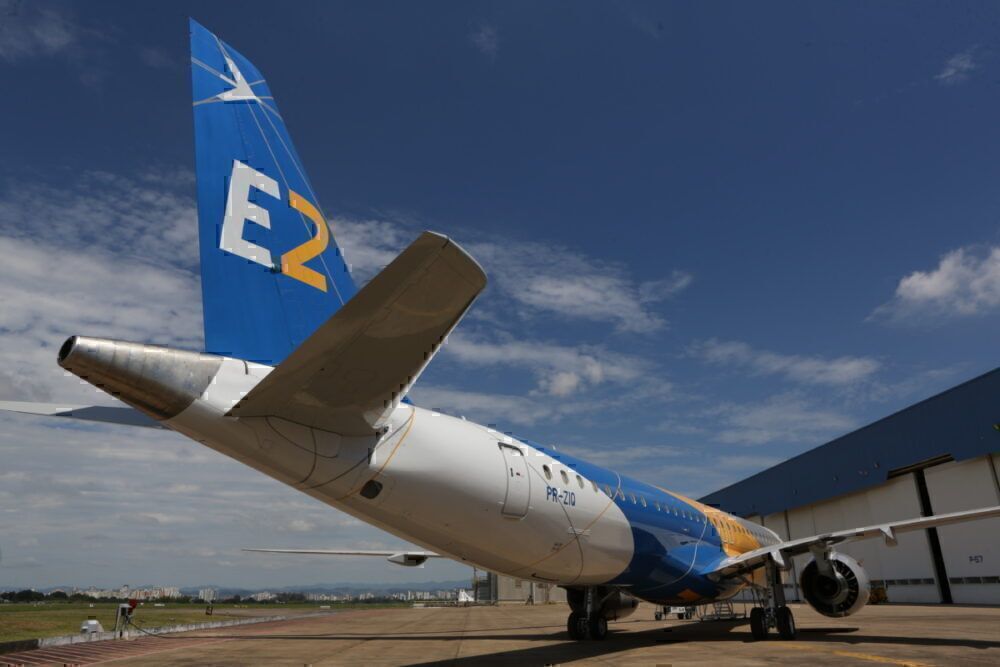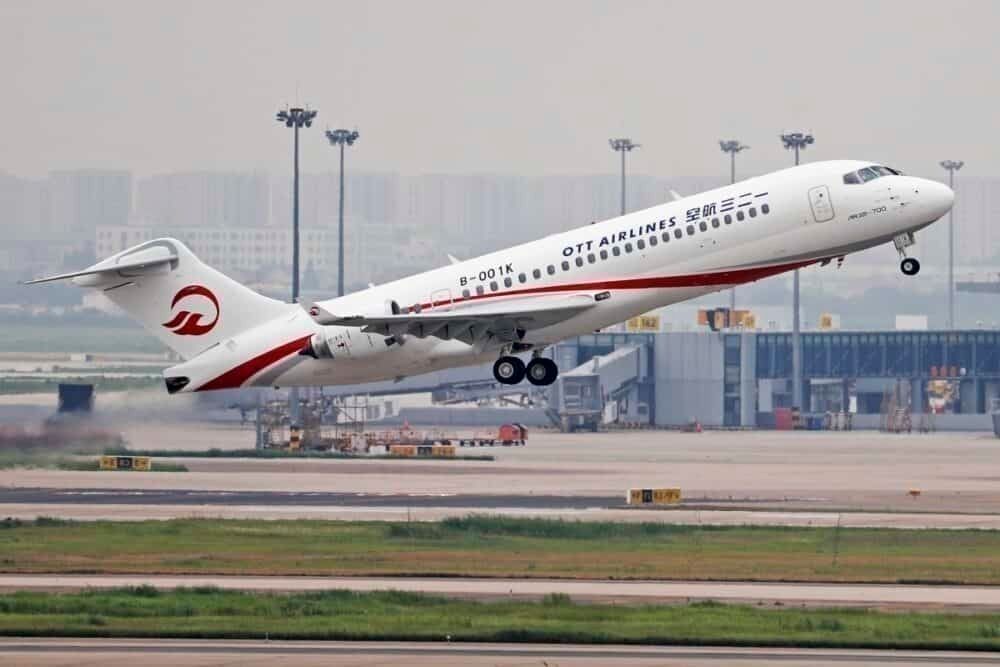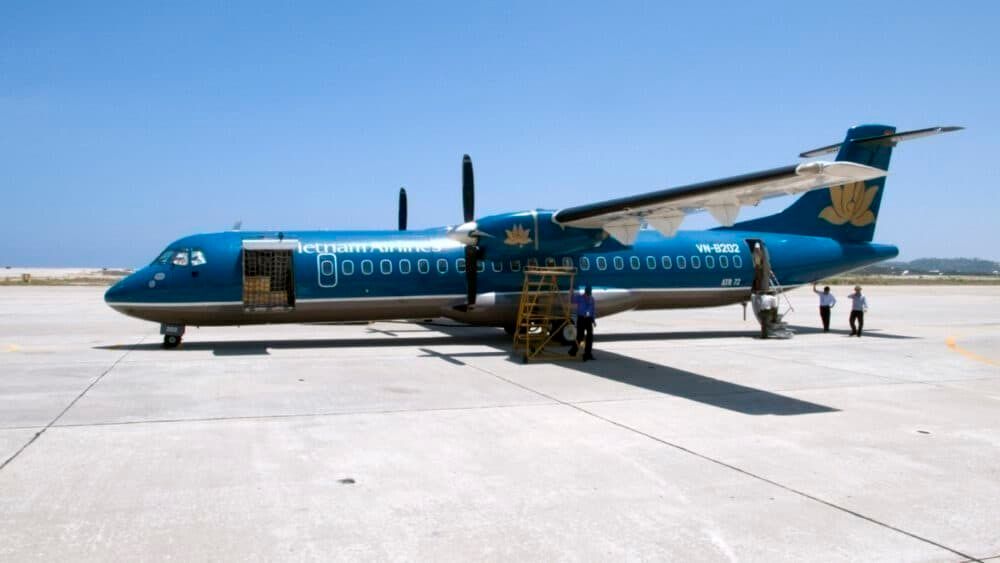There are not many large aircraft manufacturers that have survived alongside the Boeing and Airbus duopoly. Over the years, most have moved aside or been acquired. Embraer stands out as one of the largest independent manufacturers today, offering a range of smaller and regional commercial jets. With a recent failed merger with Boeing, it looks set to stay that way.
What are the origins of this Brazilian manufacturer? And how has it grown to be a key player in this market? This article takes a closer look at the history and development of Embraer - and its aircraft.
[powerkit_toc title="Table of Contents" depth="2" min_count="4" min_characters="1000"]
Embraer's early years
Launched in 1969
The Brazilian government started Embraer on August 19th, 1969, as a wholly-owned government company "Empresa Brasileira de Aeronáutica."
Government interest in the aviation industry had begun much earlier. From the 1940s, the government of Getulio Vargas invested in several areas. It created a Ministry of Aeronautics, supporting the expansion of aviation technology and commercial operations. And it opened a college, the "Technological Institute of Aeronautics," which would go on to train Embraer's first president, Ozires Silva.
Several airlines were operational during this period, including Varig and Serviços Aéreos Cruzeiro do Sul (both founded in the late 1920s with German involvement), but not a major manufacturer. It was after the change in power in 1964 that the new government launched Embraer. The government appointed Ozires Silva as the president, and Embraer was born.
The EMB 110
Most of Embraer's initial contracts were with the Brazilian government, which supported its growth over the first 20 years. It launched one aircraft in 1973 that served as both a military and civilian aircraft. The Embraer EMB 110 Bandeirante (or 'pioneer' in English) was a turboprop regional aircraft, with a capacity of just 15 to 21 passengers. It had, in fact, first flown in 1968, and its early success was a leading factor in the formation of the company.
The EMB 110 has been very popular. It remained in production until 1990, and Embraer delivered 501 aircraft. As of 2019, 42 remained in use (according to FlightGlobal), in military service and with several airlines. These are mostly in the Americas, with US cargo airline Wiggins Airways having the most. Still, it remains in overseas use with Air Rarotonga and Middle Eastern cargo airline Payam Air.
You may wonder why the series began with EMB-110, not -100? There was actually an EMB-100 code used for the prototypes of the first Bandeirante aircraft. Embraer refined these to achieve the operational EMB-110.
Developing the larger EMB-120
After the success of the EMB-110 Bandeirante, Embraer moved on to the larger turboprop EMB-120 Brasilia. This next aircraft was initially envisioned as a family of three models but was changed before production began to just a single aircraft, with a capacity of 30. It also offered several variants with increased range or cargo conversions.
This, likewise, sold well, mainly to US regional airlines. In total, Embraer delivered 354 aircraft up to 2001, and it, too, remains in service.
Military developments
Since its inception, Embraer has developed military aircraft alongside civilian ones. At the start, much of this was for the Brazilian government, but this soon expanded internationally. This has helped the company grow and remains an important part of its operations today.
In the 1980s, it partnered with Italian companies Aeritália (today Alenia) and Macchi (today Aermacchi) to develop the AMX fighter aircraft (around 200 aircraft were built).
Embraer also developed the EMB 312 Tucano, introduced in 1983. This has been popular with several air forces as a trainer and light attack aircraft, with over 600 aircraft sold. The Super Tucano is based on this model and remains in production. It has also been licensed for production in the UK by Short Brothers, where, as the Short Tucano, it served with the UK Royal Air Force as a primary training vehicle until 2019.
Embraer's military capacity expanded further in 1987 when it bought Aerotec. This was a military-focused manufacturing producing military training aircraft for the Brazilian Air Force and regional export.
Moving to a public company
Privatization in 1994
Embraer was formed as a state-owned company, and this did not change until the 1990s. There were a couple of factors that contributed to this. Following an unsuccessful investment in another turboprop project, known as CBA 123 Vector, the company was in severe financial difficulty. Also, the new Brazilian government of Itamar Franco (elected in 1989) favored spinning out state-entities.
Privatization was the solution to these challenges, and the process began in 1991. Embraer's founder and first president, Ozires Silva, returned to the company to lead this process (he had left in 1986 and served next as the president of the state-owned petroleum company, Petrobras). Privatization was completed and the company sold to investors on December 7th, 1994.
Initial public offering
In 2000, ownership changed again. Embraer made simultaneous listings on the New York and Brazilian stock exchanges in July 2000.
It remains publically traded today, with 49% of shares held through the New York Stock Exchange and 51% through Brazil. Its main individual shareholders (according to Embraer Investor Relations) are Brandes (an investment company) with 15.1% and BUNESPAR (The Brazilian National Bank for Economic and Social Development) with 5.4%.
The ERJ and E-Jets program
From the mid-1990s, Embraer focussed on the expansion of its commercial aircraft manufacturing, introducing larger regional jets and new business jets.
The ERJ Family
The first move in this expansion was the introduction of the Enterprise Regional Jet (ERJ) family. Embraer launched it at the Paris Airshow in 1989. The original ERJ 145 (also known as EMB-145) was proposed as a stretched version of the EMB-120 with a capacity of 45.
There were several delays in its development, some technical and some financial. Privatization in 1994 helped, and Embraer had already looked for partners earlier to share development costs.
The final design switched to rear-mounted engines instead of under the wings and offered a capacity of 50 to 55. The ERJ 145 first flew in 1995 and entered service in 1997.
There have also been two shorter ERJ variants, which share the same aircraft type rating:
- The ERJ 135 is the smallest variant, at 3.54 meters shorter than the ERJ 145 and with a capacity of 37. It entered service in 1999.
- The ERJ 140 is the middle variant, at just 1.4 meters shorter and with a capacity of 44. A significant motivation for this was the demand from US airlines for sub-50 seat aircraft (to meet union agreements).
There have also been several other variants designed to meet different airline requirements, mostly offering various fuel capacities and ranges. The long-range (ERJ 145LR) and extra long-range (ERJ 145XR) variants also have upgraded Rolls-Royce engines providing higher power and lower fuel consumption.
The ERJ family successfully propelled Embraer to a leading position in the regional jet market. According to Airfleets, Embraer has delivered 1,222 ERJ aircraft. And as of October 2020, an impressive 854 remain in service.
Embraer E-Jet series
After the success of the ERJ program, Embraer moved on to develop larger regional aircraft through the E-Jet program. These were newly designed aircraft, making several design changes to the ERJ aircraft. Most noticeably, Embraer placed the engines under the wings.
There are four main variants in the series:
- The E170, with a single class capacity of 72, was the first E-Jet launched. It was delivered to launch customer LOT Polish Airlines in March 2004.
- The E175 is a slight stretch of the E170, increasing capacity to 78, or 88 in a high-density configuration. It entered service in July 2005 with Air Canada. It competes with the Bombardier CRR900, whereas the E170 is closer to the smaller CRJ700.
- The E190 is a larger variant, with a stretched fuselage, and a larger wing and horizontal stabilizer. It carries 100 to 114 passengers, competing with the Bombardier CRJ-100, Airbus A220, and A318, and almost knocking on the door of the smaller Boeing 737 variants. It entered service with launch customer JetBlue in 2005.
- The stretched E195 offers a capacity of 116 to 124. It launched with UK airline Flybe in September 2006. A further stretched variant, the E195X, would have taken capacity up to 130, but this was not developed (the decreased range was the main issue).
The E-Jet series remains in production. To date, 1,566 aircraft have been delivered (838 E170 and E175 aircraft, and 793 E190 and E195 aircraft, according to Airfleets). It has been a big success for Embraer, with aircraft occupying a niche space for regional airline operations, where they didn't need the higher capacity (and higher cost) of the Boeing and Airbus alternatives.
Improvements with the E-Jet E2 Series
Embraer improved on the popular E-Jet series, announcing the E2 program at the Paris Air Show in 2013. This features improvements, including new wing design, more fuel-efficient engines, and updated avionics. Capacities remain similar to the E-Jet series, but the upgrades help it compete better, especially against the Airbus A220.
The E2 Series has three variants:
- E175-E2 is the smallest variant, with a capacity of up to 90. It is extended by one row over the E175 aircraft. The E175-E2 made its first flight in December 2019 but will not enter service before 2021. It uses Pratt & Whitney PW1715G engines.
- E190-E2 keeps the same size and capacity as the E190, of 104 to 114. It uses Pratt & Whitney PW1919G engines, as does the larger E195-E2.
- E195-E2 is the largest aircraft offered by Embraer, adding three rows to the previous E195, and offering a capacity of 132 to 146.
It is still early for the E2 Series, but Embraer has already received 25 orders for the E190-E2 and 148 orders for the E195-E2. And there have been 14 and eight deliveries, respectively (this is as of June 2020, according to Embraer). Brazilian airline Azul is the largest customer so far, having ordered 51 E195-E2 aircraft.
A failed merger with Boeing
Probably the most significant corporate event in recent years has been its proposed joint venture with Boeing. This was announced in July 2018, as a deal that would see Boeing take ownership of 80% of Embraer's commercial aircraft division (Embraer would retain its military and executive aircraft divisions). The new operation would become known as Boeing Brasil – Commercial.
The joint venture never happened, however. It was canceled by Boeing in April 2020 and is unlikely to return. Both sides blamed each other for the collapse. Embraer claims that Boeing wrongly terminated the agreement due to its deteriorating financial position amidst the coronavirus pandemic and the grounding of its 737 MAX aircraft.
Boeing, on the other hand, claims that Embraer failed to meet the requirements demanded. They have since been in dispute over any termination fees due.
The future for Embraer
Embraer has had to rethink its future following the failed merger. The plans were well developed, and the merger would undoubtedly have helped Embraer sell its E-Jets, against intense competition from Airbus and the A220.
However, Embraer still has a strong aircraft with the E-Jet series. Sales of the E2 may have been slow so far, and will not be helped by the events of 2020, but this could change post-COVID, especially as more airlines look to smaller aircraft.
In the coming years, it is likely to face growing competition from new manufacturers too. Chinese and Russian companies are moving fast to develop new commercial aircraft. This started with smaller regional aircraft, a direct threat to companies like Embraer and Bombardier. They will soon launch narrowbodies too, and begin the development of a widebody, taking on Boeing and Airbus.
The first competitor aircraft is already flying. Chinese state-owned manufacturer COMAC launched the ARJ21 in 2016 with launch customer Chengdu Airlines. While the aircraft has, so far, only been sold to Chinese airlines, this could change as COMAC's reputation improves. Simple Flying took a detailed look at the two aircraft previously.
A new aircraft?
One likely option for Embraer is the development of a new aircraft. It had already looked at the development of a new turboprop aircraft together with Boeing. And in July 2020, it confirmed it is still looking at such a new turboprop development, in the 70-100 seat range, possibly to enter service by 2025.
Turboprops remain popular with many airlines. They are useful in remote areas and rough terrain, for example. There is also discussion about how they can help with climate change commitments and offer greater fuel efficiency.
ATR is a market leader in turboprop aircraft, with over 1,000 ATR-72 aircraft, for example, delivered since 1988. The Dash-8 will also be a significant competitor in the same size market.
But such a turboprop development matches what Embraer used to deliver with the EMB-120, and remains within their target market. Embraer Commercial Aviation's Chief Executive John Slattery spoke with Reuters about how this plan is in line with his company's vision. He said:
"It sits in our target market, which we have always been clear is below 150 seats, and will have natural adjacency to the E2 offering."
Of course, as a company, Embraer also has its military and executive jet divisions as well as commercial aircraft. It still works closely with the Brazilian government on defense contracts, which could be a safety net for the company.
Would you like to share any comments on Embraer's history or its prospects for moving ahead without Boeing? Let us know below.

